SOURCE: AFI

Bharat Electronics Limited (BEL), a leading Indian defense electronics company, actively participated in the inaugural India-Mozambique Defence Industry Interaction event held on April 25-26 in Maputo, Mozambique. The event served as a platform for Indian government and private defense companies to connect with Mozambican counterparts and explore potential avenues for collaboration.
BEL’s presence at the event proved to be fruitful, attracting a visit from Mozambique’s esteemed Minister of Defence. The Minister, alongside Mr. Anurag Bajpai, India’s Additional Secretary (Defence Production), took a keen interest in BEL’s showcased capabilities.
Continue readingSOURCE: IDRW.ORG.

The Indian Air Force (IAF) is taking a significant step towards self-reliance in critical defense equipment. Partnering with the indigenous defense production industry under the Make-II procedure of the Defence Acquisition Procedure (DAP) 2020, the IAF is set to design and develop a “Common Air-to-Ground Launcher” for its Su-30 MKI fighter jets. This project, approved on March 18th, 2024.
Imagine a versatile equipment that can transform the Su-30 MKI’s offensive capabilities. The Common Launcher acts as a universal carrier, enabling the aircraft to carry a wider range of weapons and pods based on mission requirements. Currently, the Su-30 MKI relies on various launchers/adapters supplied by the Original Equipment Manufacturer (OEM), each specific to a particular weapon type.
Continue readingSOURCE: IDRW.ORG TEAM
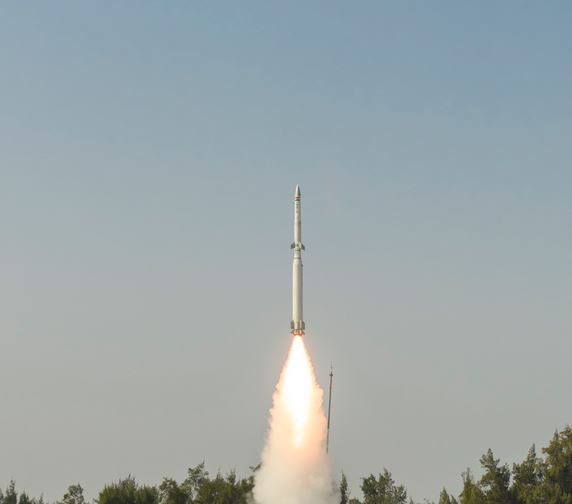
The recent interception of 110 ballistic missiles fired by Iran by Israeli defense forces has garnered significant attention worldwide. However, for India, this event holds particular significance due to the close ties between the two nations in the realm of defense technology and missile defense systems.
India’s interest in the Israeli interception capabilities stems from its own efforts to bolster its defense against ballistic missile threats, particularly from neighboring adversaries like Pakistan. India has long been a beneficiary of Israeli defense technology, including the Anti-Ballistic Missile (ABM) systems.
Continue readingSOURCE: AFI
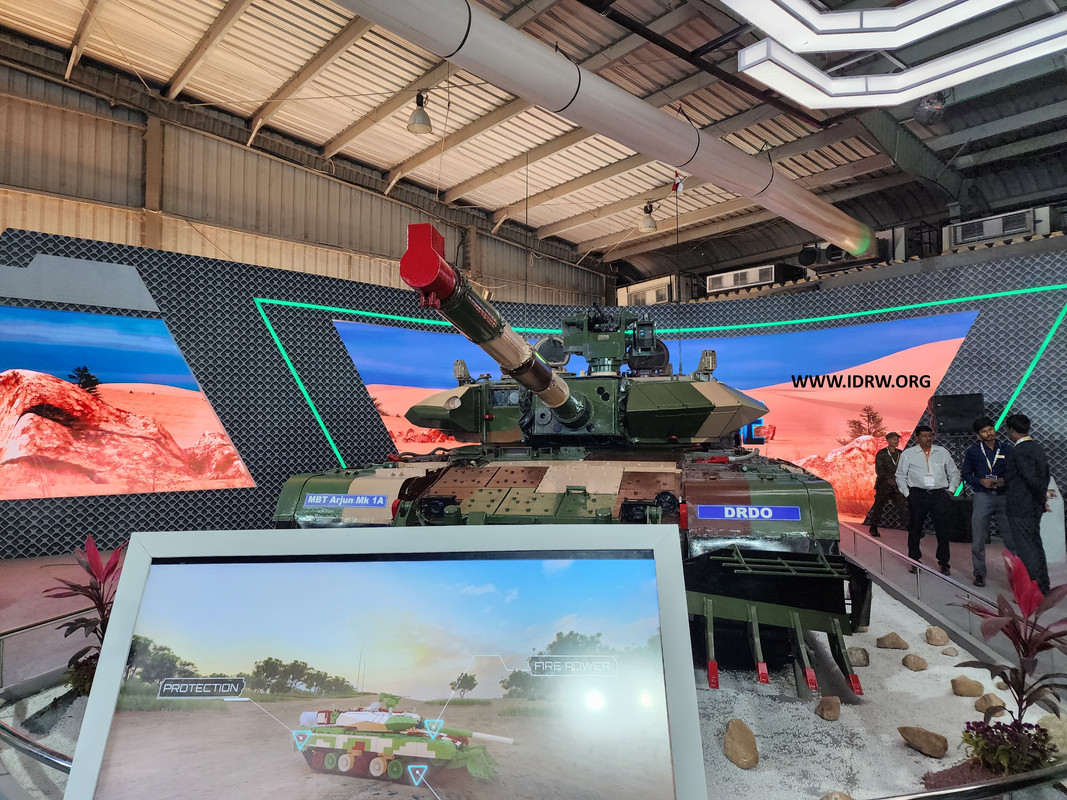
India’s quest for self-reliance in defense equipment is commendable. However, recent cases of weapon system trials dragging on for years raise concerns about efficiency and global perception. This article explores the need for time-bound trials and a dedicated audit team to bolster India’s defense development.
The Indian Army’s trials of locally developed weapons often extend for years, casting a shadow on their effectiveness. This creates a sense of “work in progress” for India’s defense capabilities on the world stage. Potential adversaries may perceive delays as a weakness, while allies might question the reliability of such equipment.
Continue readingSOURCE: AFI

The recent delivery of BrahMos supersonic cruise missiles from India to the Philippines has sparked a wave of confidence within the Filipino military, according to defense analyst Atty. Josephus B. Jimenez. This development comes amid heightened tensions in the West Philippine Sea (WPS), a contested region in the South China Sea.
Jimenez highlights the morale boost this acquisition provides to Filipino troops. The BrahMos missiles, known for their speed and precision, significantly enhance the Philippines’ defensive capabilities. This newfound capability serves as a deterrent against potential aggressors in the contested waters.
Continue readingSOURCE: AFI
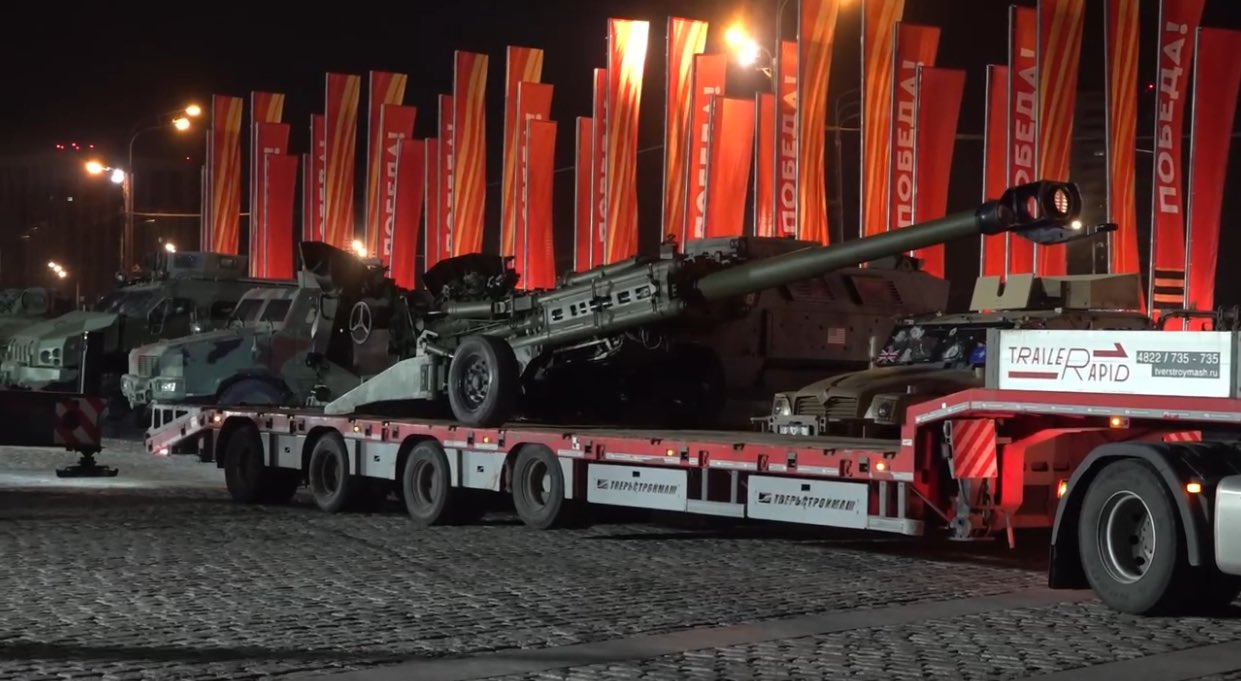
oklonnaya Hill in Moscow, a site steeped in history and significance, has recently become adorned with a new array of trophies. These trophies, however, are not the traditional symbols of victory in battle, but rather the spoils of conflict from various corners of the globe. Amidst the backdrop of political tension and international scrutiny, the display of military hardware on Poklonnaya Hill serves as a testament to Russia’s perceived victories and strategic prowess.
Among the notable additions to the collection are several pieces of equipment that reflect a diverse array of origins and capabilities. The M777 howitzer, a staple of modern artillery, stands tall alongside American armored vehicles such as the “HMMWV M1151” and “HMMWV M998,” showcasing the technological might of the United States.
Continue readingSOURCE: AFI
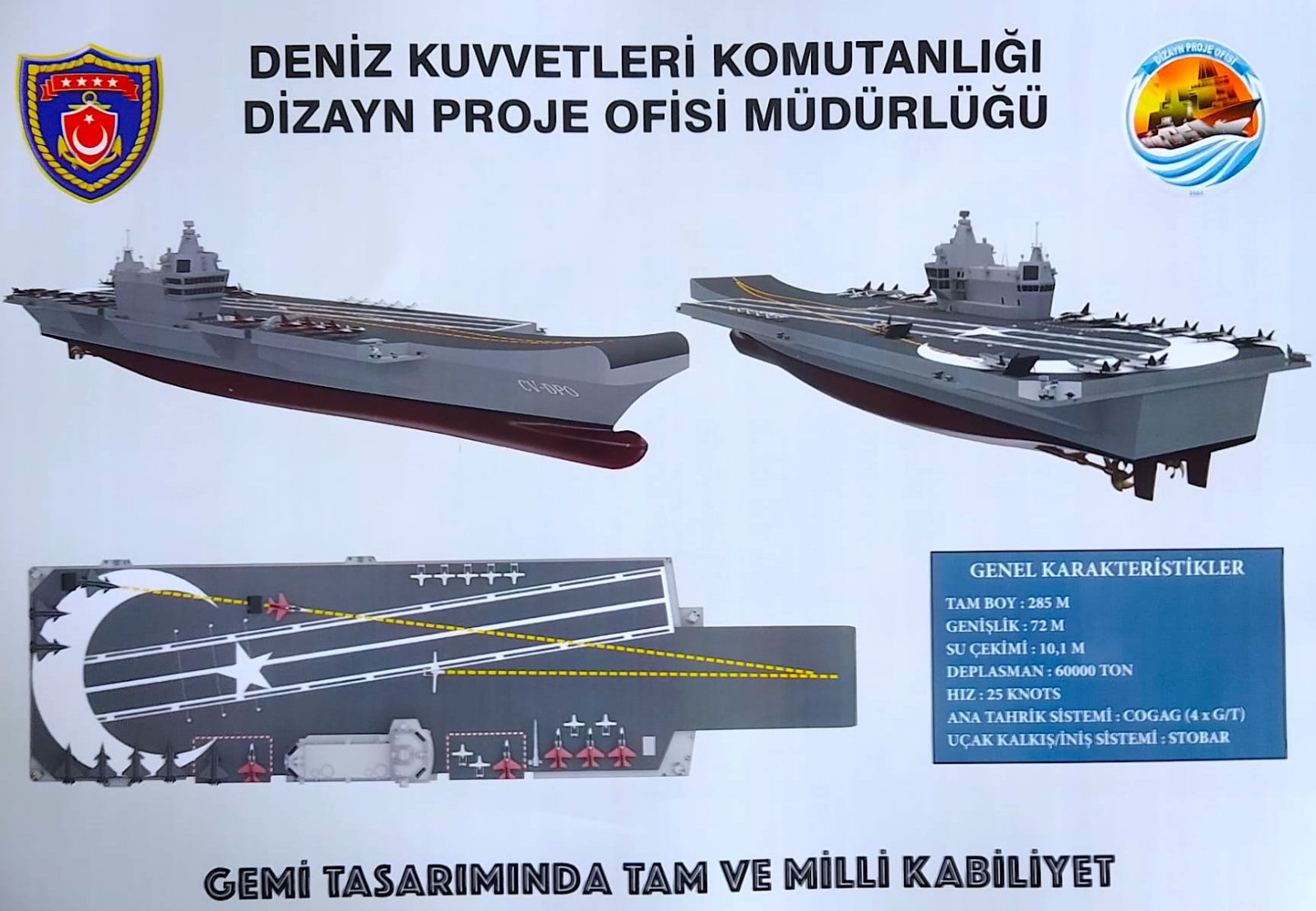
Turkey has embarked on an ambitious program to develop and construct its first indigenous aircraft carrier, showcasing its growing aspirations in the realm of naval power. This follows the recent unveiling of key details about the project.
While technically classified as an amphibious assault ship, the TCG Anadolu, launched in 2023, serves as a crucial stepping stone towards a full-fledged aircraft carrier. With a length of 285 meters and a displacement of 60,000 tons, the TCG Anadolu boasts an impressive capacity.
Continue readingSOURCE: RAUNAK KUNDE / NEWS BEAT / IDRW.ORG

India’s Defence Research and Development Organisation (DRDO) is seeking the Indian Army’s approval to develop an unmanned ground combat vehicle (UGV) based on the country’s Arjun Mk 1A main battle tank.
The proposal, put forward in 2022 by DRDO’s Combat Vehicles Research and Development Establishment (CVRDE), envisions a UGV leveraging the Arjun Mk 1A’s robust design and capabilities. This new unmanned platform would be specifically tailored for India’s harsh desert terrain along the western border, where the Arjun Mk 1A is currently deployed.
Continue readingSOURCE: RAUNAK KUNDE / NEWS BEAT / IDRW.ORG
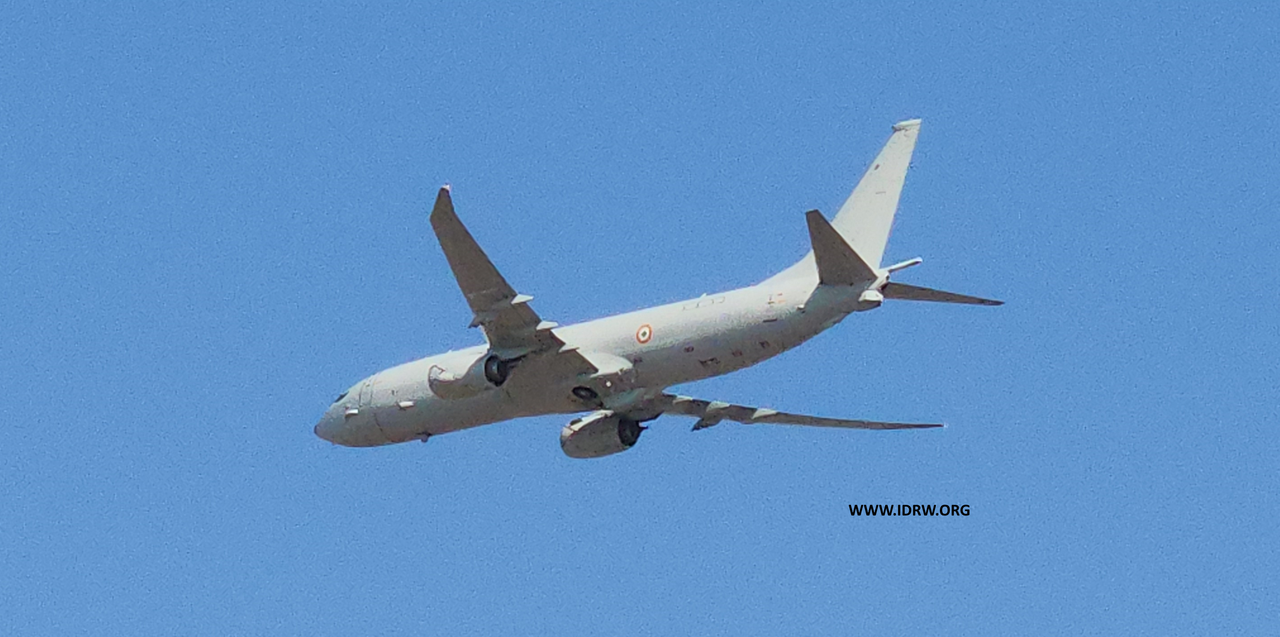
The Indian Navy is evaluating a potential upgrade package for its fleet of 12 Boeing P-8I maritime patrol aircraft. This upgrade, designated Increment 3 Block 2, promises significant improvements in the P-8I’s ability to detect, track, and engage even the most advanced submarines.
Boeing, the manufacturer of the P-8I, has reached out to several P-8 operators worldwide, including the Indian Navy, to promote this upgrade package. The focus lies on bolstering the aircraft’s capabilities for Anti-Submarine Warfare (ASW).
Continue readingSOURCE: RAUNAK KUNDE / NEWS BEAT / IDRW.ORG
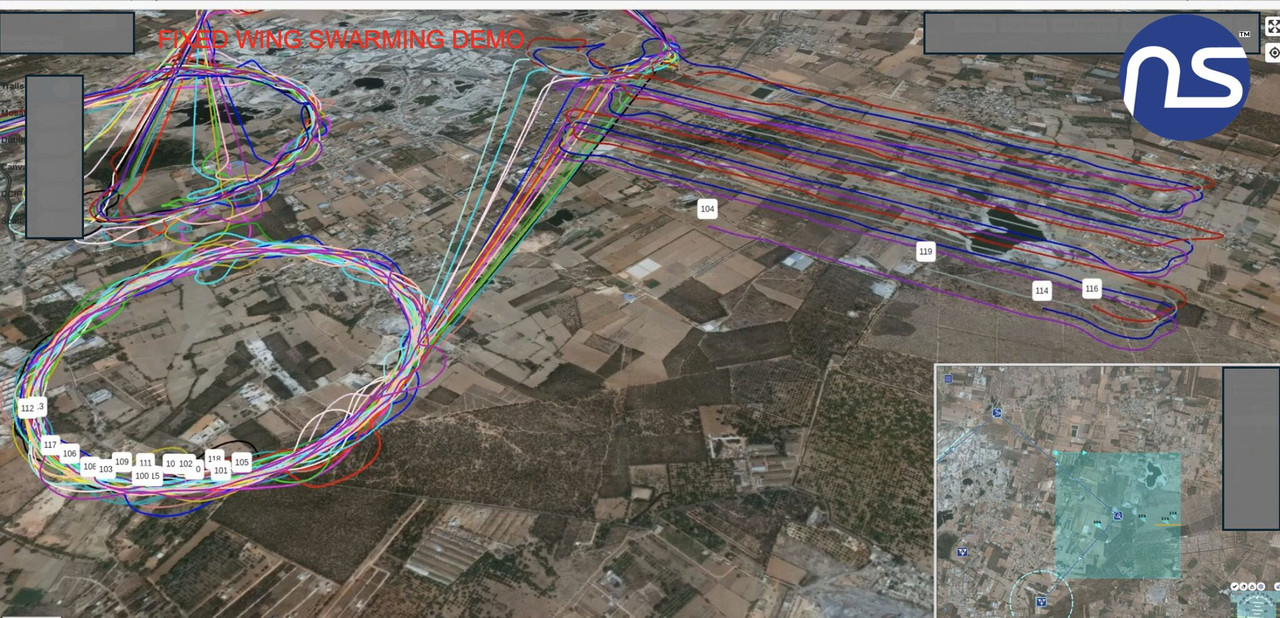
NewSpace Research and Technologies (NRT) has achieved a significant breakthrough in the field of unmanned aerial vehicles (UAVs) with the successful initial testing of its fixed-wing swarming UAV stack. This cutting-edge technology has the potential to revolutionize aerial combat operations.
The core of NRT’s achievement lies in its MOSAIC intelligence suite. This suite empowers UAVs to conduct decentralized fused teaming missions. During the initial tests, various modules of the MOSAIC system were evaluated for their ability to create combat mass and achieve air-launched effects.
Continue readingSOURCE: AFI

The Indian Air Force (IAF) finds itself at a critical juncture, strategically assessing its needs and capabilities amidst evolving regional security dynamics. In a recent statement, IAF officials emphasized the imperative of maintaining a fleet of 42 squadrons of manned fighter jets, underscoring the necessity to confront potential two-front threats effectively. While plans to procure Unmanned Aerial Vehicles (UAVs), Unmanned Combat Aerial Vehicles (UCAVs), and Loyal Wingman platforms are in motion, it is clear that these unmanned platforms cannot fully substitute manned fighter jets.
The IAF’s rationale for the requirement of 42 squadrons is rooted in the complex geopolitical landscape India finds itself in, with adversaries like China and Pakistan continuously modernizing their air capabilities. The ability to engage in simultaneous two-front warfare necessitates a robust and versatile fleet that can swiftly respond to threats across multiple theaters of operation.
Continue readingSOURCE: AFI
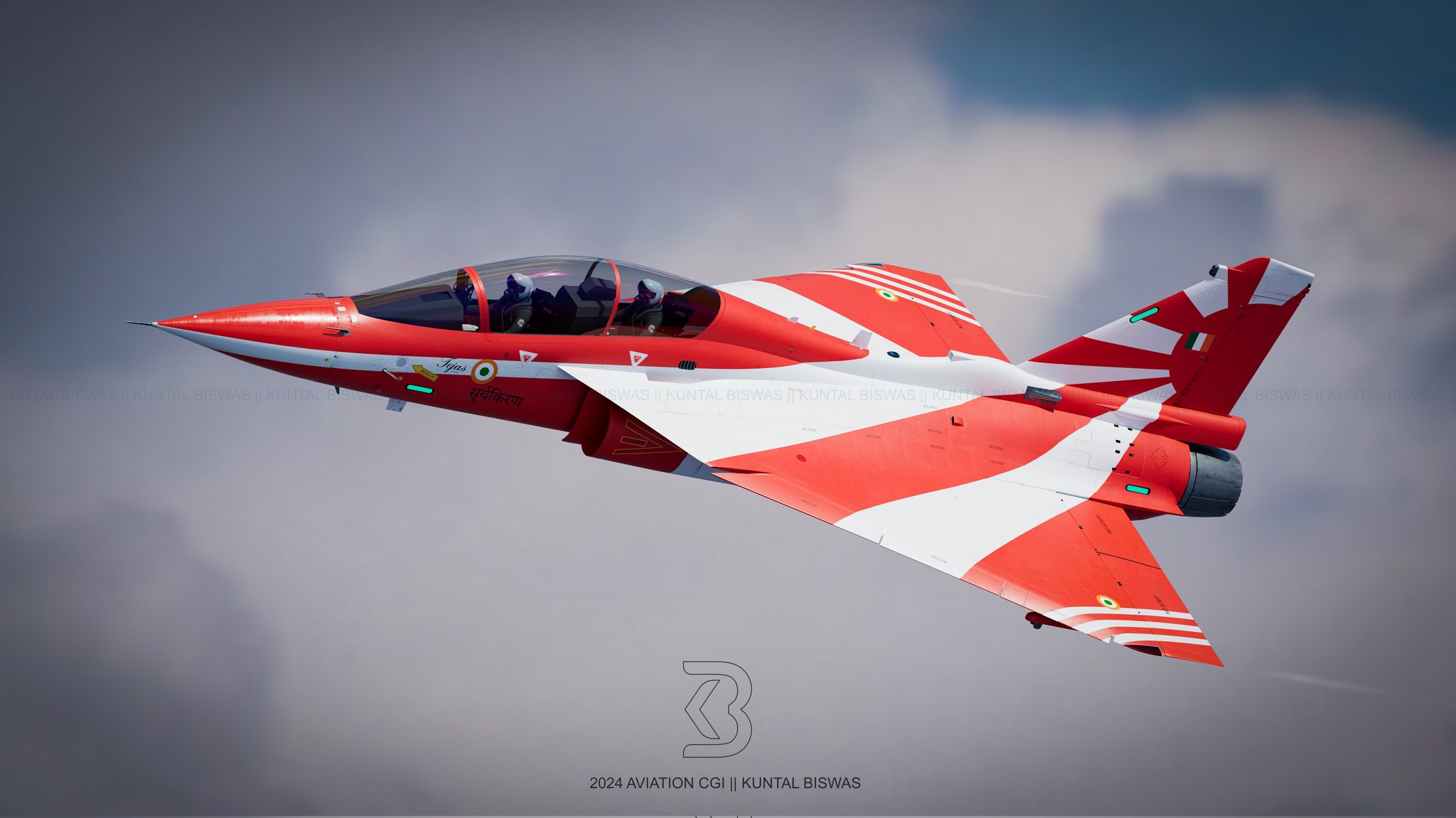
A captivating artist rendition by Kuntal Biswas of the LCA Tejas Trainer aircraft adorned in the vibrant colors of the Surya Kiran aerobatic team has set the internet abuzz. This artistic vision has sparked a fervent discussion among netizens, advocating for the adoption of the LCA Tejas Trainer for the Indian Air Force’s (IAF) aerobatic team.
Currently, the Surya Kiran team, also known as SKAT, utilizes BAE Systems Hawk advanced jet trainers (AJT) for their awe-inspiring displays. However, SKAT faced a temporary disbandment due to a shortage of aircraft. Previously, the team used the HJT-16 Kiran aircraft, but these were withdrawn and returned to the IAF for pilot training purposes.
Continue readingSOURCE: AFI

Major General Saleh Mohammed bin Majren Al Ameri, Commander of Joint Operations for the United Arab Emirates, recently embarked on a visit to the People’s Republic of China. Accompanied by a delegation from the UAE Ministry of Defence, his trip began with a meeting in Beijing with General Chang Dingqiu, Commander of the Chinese People’s Liberation Army Air Force.
The discussions centered on strengthening military cooperation and joint efforts between the two nations. High-ranking officials from both countries’ defense ministries participated in the session, exploring avenues for further development in these areas.
Continue readingSOURCE: AFI

Chinese researchers are reportedly on the verge of a breakthrough in underwater propulsion technology. Their design for a laser-powered system promises silent, superfast submarines, potentially revolutionizing naval warfare.
According to a recent paper published in the Chinese academic journal Acta Optica Sinica, the design boasts remarkable efficiency. The system, dubbed “underwater fiber laser-induced plasma detonation wave propulsion,” can generate a thrust of nearly 70,000 newtons – close to the power of a commercial jet engine – using a mere 2 megawatts of laser energy.
Continue readingSOURCE: IDRW.ORG.
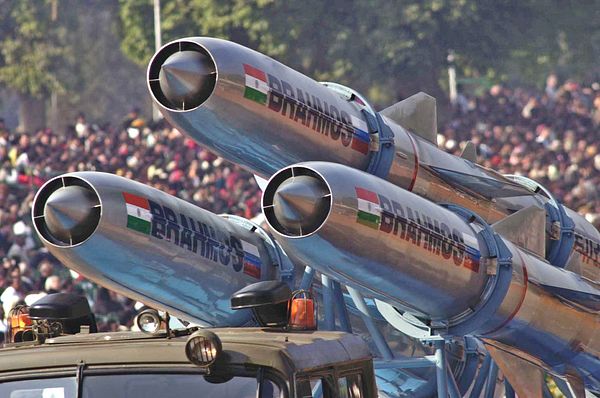
According to internal simulations conducted by the Indian military, a salvo of just three BrahMos supersonic cruise missiles could potentially cripple or even sink a Chinese aircraft carrier. This claim hinges on the BrahMos’s extreme speed and maneuverability, making it a formidable weapon against large surface targets.
The BrahMos’ Mach 3 capability makes it extremely difficult for traditional ship-based defense systems to intercept. Its speed and low-altitude skimming ability present a significant challenge. The BrahMos carries a sizeable warhead, and a successful strike on a carrier could cause catastrophic damage.
Continue reading